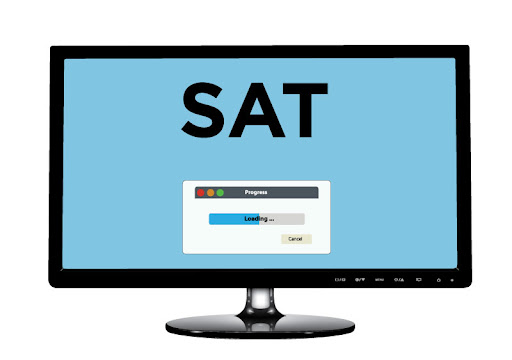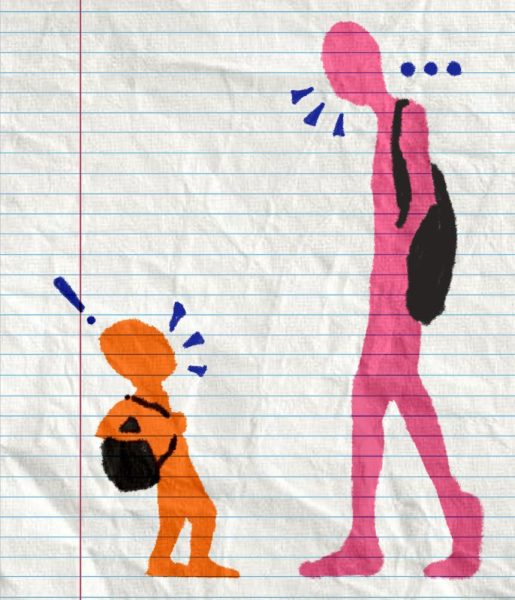The reality of resolutions
March 16, 2022
At Scranton University, researchers learned that only nineteen percent of individuals keep their resolutions, while the others abandon theirs by mid-January. Many of us make New Year’s Resolutions to reach our goals and better ourselves in the upcoming year. However, keeping up with resolutions might be a bit trickier than you thought. Unfortunately, March 2022 is coming to an end, along with many ill-fated New Year’s resolutions.
Why do resolutions tend to fail at the start of the new year? Quite often people pressure themselves to reach extreme, unattainable goals. Others set resolutions when they are planning their future goals but aren’t necessarily ready to dive in. Starting a journey toward reaching a new goal shouldn’t be determined on a calendar date but rather at a time that’s the best fit for the individual’s circumstance. In addition, resolutions should be approached more slowly to avoid lack of motivation and burnout.
How can you keep yourself accountable this year? The first step is to start your resolution when you are ready. Psychology Today informs us to set up for success by preparing before taking action. Depending on your goal, this might involve organizing, researching, planning, etc. After you have prepped , it’s time to start taking action towards your goal.
The trick to achieving your long-term resolutions is to start with small, realistic goals. If your resolution is to eat healthier, try replacing one soda with a glass of water every day. Then add in fruit for a snack the following week, and continue to build up on your goal. Doing so decreases the amount of pressure you put on yourself, allowing yourself to focus on sustaining your goal for a more extended time period. A great way to keep yourself motivated and accountable is by revisiting your plan daily, repeating small actions to reach your goal. When completing an effort frequently, it’s easier and more practical to continue developing motivation.
Finding the motivation to complete a task can be challenging, as teens often procrastinate to avoid jobs that don’t provide instant gratification. One may struggle with staying consistent because they avoid challenges within reaching their goal rather than overcoming them by being persistent. Another valuable way to gain motivation is approaching discomfort with an open outlook and growth mindset. By doing so, one can familiarize themselves with overcoming commonly experienced obstacles within the goal-setting process.
If you are still struggling with keeping yourself accountable, try using a habit tracker. A habit tracker is a creative way to log your progress towards your resolution by making an effort to achieve a small goal or completing a small task daily. For example, one may log their physical activity on a habit tracker, and a good habit to track may be to go on a 20-minute walk daily. With a habit tracker, you can challenge yourself to keep up with your habits to reach your long-term resolutions this year.
Writing a SMART goal is a solid resource to help you create achievable goals. According to the University of California, this acronym stands for Specific, Measurable, Attainable, Relevant, and Time-Bound. This acronym serves as a template to create a clearly developed goal. This acronym serves as a template to create a developed goal. Ensuring your specific purpose contains data, sustainability, importance, and a reasonable time frame makes it easier to efficiently and effectively notice and make progress towards reaching your goal.
Another good way to strive for accountability is by telling someone what your goal is for that day. Many students find that it helps increase motivation, knowing that it’s not as easy to give up on that goal now that someone else is aware. This person can also help encourage you to complete a task as a stepping stone to your plan.
Personally, following the SMART acronym works best for me in regards to making attainable goals and keeping track of my goal-setting progress. The SMART acronym helps structure your goals specifically in order to reach your resolutions more effectively. However, the more important part of following your goal is to keep yourself accountable, and telling someone or using a habit tracker helps to do so.
Although January is coming to an end, it’s never too late to start a new resolution or set a new goal for yourself. By preparing for your plan, setting smaller goals initially, creating SMART goals, using a habit tracker, and telling someone your goal, it will be easier to regain motivation and accountability to achieve your goals in 2022 successfully. Keeping your resolutions will lead to an increase in self-confidence, allowing you to reach your fullest potential.












